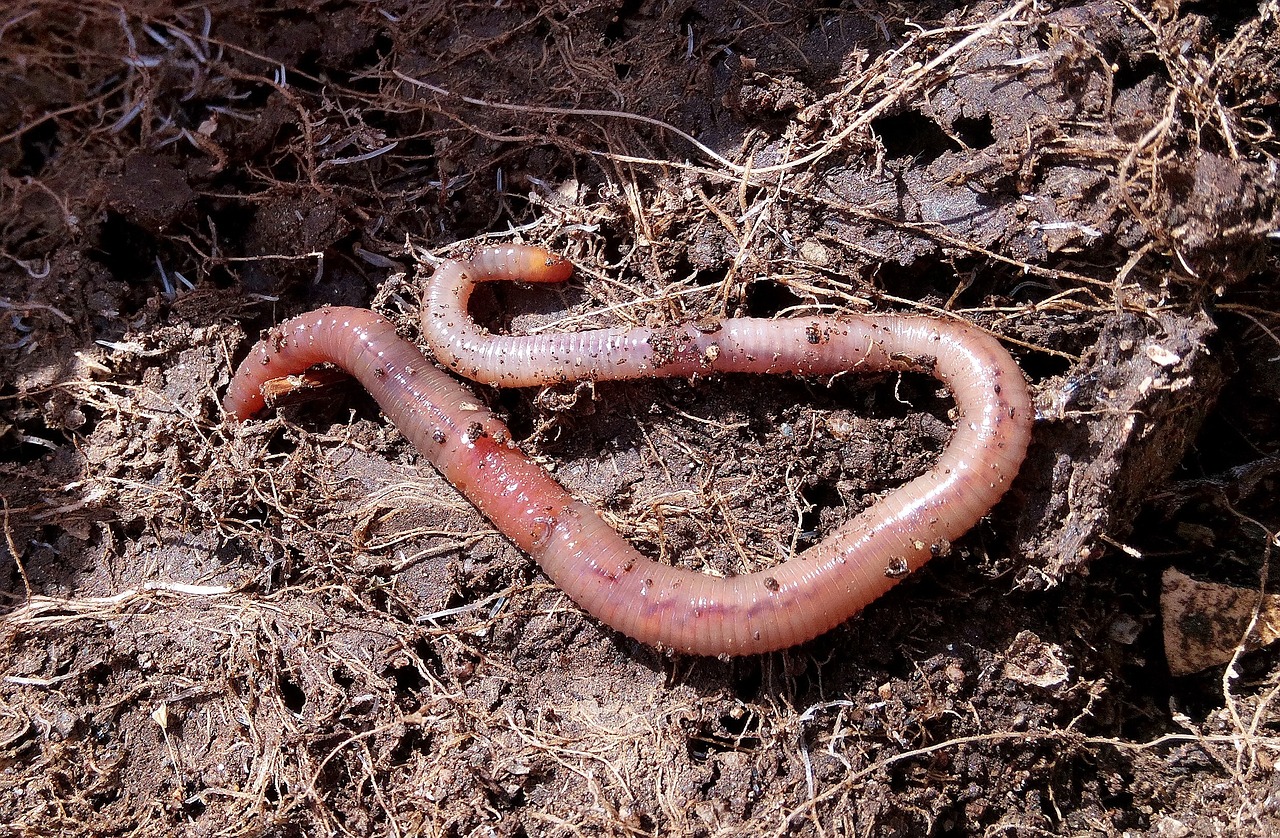Transform your kitchen scraps: Composting with worms

JACKSONVILLE, Ill. — Has this cold, dreary weather been making you wish you could get outside and play in the ‘dirt’? Or perhaps you’re looking for ways to improve your garden soil during the winter. Worm composting, or vermicomposting, is a good way to accomplish both. In addition to producing compost, it’s also a great way to put those kitchen scraps to use.
What is vermicomposting?
Vermicomposting uses various species of worms, typically red wigglers (Eisenia fetida), to decompose organic waste such as food scraps. As worms eat, they produce castings, also known as worm compost, vermicompost or worm manure. Castings are small, dark clumps that can be used as a soil amendment.
Getting started with vermicomposting
There are a variety of kits that can be purchased, or you can make your own. All you need to make your own vermicomposting bin is a plastic storage bin (don’t use a clear container), a 10-gallon bin is a good size to start with. Drill ½ inch holes in the sides of the bin and lid so the worms can breathe. Then, cover the holes with window screening so they don’t escape.
A bedding material will need to be added to your bin. The bedding should be a nontoxic material that holds moisture but also allows air to circulate. Some materials that can be used include newspaper (don’t use glossy paper), paper bags, decaying leaves, or coconut coir. Tear paper into half-inch-wide strips and soak in water. Remove the paper and wring it out; it should be slightly wetter than a moist sponge. Fluff the paper up and fill the bin halfway.
The worms will eat the bedding, so more will need to be added over time. Keep the bedding moist; using a plant mister is a good way to do this.
Adding and feeding your worms
Red wigglers are widely considered the best worms to use. They burrow horizontally and stay near the soil surface, only burrowing 3-8 inches deep, unlike many of the worms we find outdoors. You will need around a pound of worms for your bin.
Worms will eat almost any fruit and vegetable scrap, such as apples, bananas, carrots and coffee grounds (avoid citrus, though). Do not feed your worms meat, dairy products,or oily foods. They won’t eat them, and the food will spoil. When adding food to your bin, use small pieces. Feed your worms as needed; once established, red wigglers can eat up to half their weight in food daily.
Harvesting your worm compost
After a few months, you should have some worm compost to harvest. Several methods can be used to harvest worm compost:
- With the divide and sort method, stop feeding the worms, move the old bedding to one side of the bin, and add fresh bedding and food to the other. The worms will move to the new bedding, and you can harvest your compost.
- Dump the bin onto a plastic sheet and place a bright light over it. The worms will try to get away from the light and burrow to the bottom of the pile. Once they have moved harvest the compost from the top and sides of the pile.
Once you have your new compost, it can be used in potting soil for your houseplants, outdoor plants or vegetable garden. It can also be stored in an airtight container to be used later and can last up to six months or more when properly stored.
Good Growing Fact of the Week: According to the LSU AgCenter, worm castings have a nitrogen, phosphorus and potassium (NPK) ratio of 1-0-0 to 5-5-3 and are rich in micronutrients, containing iron, sulfur, magnesium, zinc, copper and calcium. The levels vary depending on what the worms were feeding on.
Miss Clipping Out Stories to Save for Later?
Click the Purchase Story button below to order a print of this story. We will print it for you on matte photo paper to keep forever.

